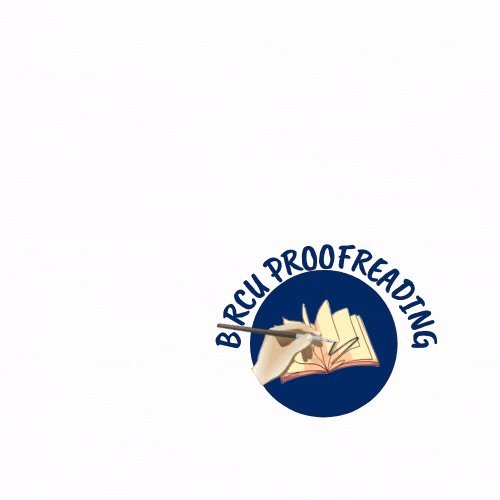Classification Analysis of Student Graduation Timeliness Using Decision Tree and Naïve Bayes Methods
Abstract
This study aims to determine the classification of student graduation timeliness by using the Decision Tree and Naïve Bayes methods. This study uses a quantitative method, where the approach used is the classification of various attributes that affect the timeliness of student graduation. The independent variables in the classification are mostly called attributes; In this study, the attributes of school of origin, gender, area of origin, profession of parents, study program and Grade Point Average (GPA) were used. While the dependent variable or in the classification is usually called a label, in this study the label used as a decision attribute is the timeliness of student graduation. In this study, two methods were used, namely using the nave Bayes method and a decision tree (decision tree) to determine the classification of the timeliness of student graduation and to determine the level of classification accuracy. Based on the results of the analysis, it can be concluded that the classification using the nave Bayes method obtained 36 predicted data according to the actual data and 7 different predicted data from the actual data. Meanwhile, in the 42 decision tree method, the predicted data is in accordance with the actual data and there is only 1 predicted data that is different from the actual data. Decision Tree method has a lower classification error rate than the Naïve Bayes method. The level of accuracy of prediction results using the Decision Tree method is higher than the Naïve Bayes method.
Keywords
Full Text:
PDFReferences
Arikunto. (2010). Suharsimi Arikunto.pdf. In Research Procedures A Practice Approach – Revised X.
Arofah, I., Ningsi, BA, & Masyhudi, L. (2020). Analysis of the factors that affect student academic achievement. scientific development media, 15(5), 4511–4522. http://ejurnal.binawakya.or.id/index.php/MBI/article/view/854
Ayuningsih, W. et al. (2020). mplementation of Islamic Education Curriculum Development
in Al-Ulum Islamic School Medan. Budapest International Research and Critics in Linguistics and Education (BirLE) Journal. P. 1033-1044.
Jiawei, H., & Micheline, K. (2006). Data Mining Concepts and Techniques. 2nd Edition. In Journal of Chemical Information and Modeling.
Kusrini, & Emha, T. (2015). Definition of Data Mining. Data Mining.
Larose, DT, & Larose, CD (2014). Discovering Knowledge in Data: An Introduction to Data Mining: Second Edition. In Discovering Knowledge in Data: An Introduction to Data Mining: Second Edition. https://doi.org/10.1002/9781118874059
Philips, S. (2020). Education and Curriculum Reform: The Impact They Have On Learning. Budapest International Research and Critics in Linguistics and Education (BirLE) Journal. P. 1074-1082.
Rahayu, TM, Ningsi, BA, Isnurani, & Arofah, I. (2021). Classification of Student Graduation Timeliness with the Naive Bayes Method. Scientific Development Media, 15(10), 5097–5104. http://ejurnal.binawakya.or.id/index.php/MBI/article/view/1062
Sugiyono. (2013). Educational Research Methods Quantitative, Qualitative, and R&D Approaches Sugiyono. 2013. “Educational Research Methods, Quantitative, Qualitative, and R&D Approaches.” Educational Research Methods Quantitative, Qualitative, and R&D Approaches. https://doi.org/10.1. In Educational Research Methods Quantitative, Qualitative, and R&D Approaches.
Xhemali, D., J. Hinde, C., & G. Stone, R. (2009). Naive Bayes vs. Decision Trees vs. Neural Networks in the Classification of Training Web Pages. International Journal of Computer Science, 4(1).
Yuliharyani, S. (2011). Decision Tree C4.5 Algorithm for Family Classification of Jamkesmas Participants Based on Poverty. Thesis for Undergraduate Program FMIPA Brawijaya University. Poor.
DOI: https://doi.org/10.33258/birci.v4i4.3182
Article Metrics
Abstract view : 111 timesPDF - 59 times
Refbacks
- There are currently no refbacks.

This work is licensed under a Creative Commons Attribution-ShareAlike 4.0 International License.

This work is licensed under a Creative Commons Attribution-ShareAlike 4.0 International License.

_.gif)

















_.gif)



